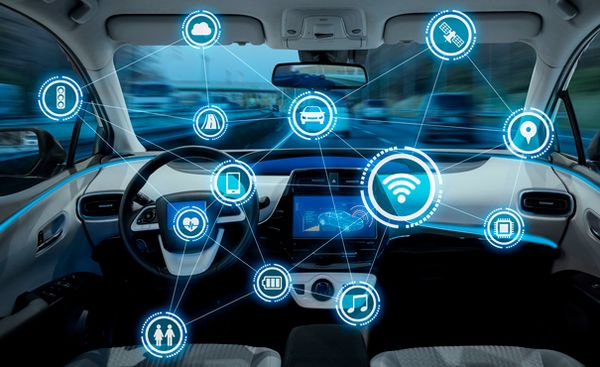Self-driving cars have been all the rage in recent years, and it’s not hard to see why. With more cars on the road right now than ever before, and the constant question of driver, passenger, and pedestrian safety, it’s becoming more and more important to create a system of self-regulated transport that is able to do calculations on the fly and reduce the damage done during an accident as much as possible.
Human beings are intrinsically prone to error, and this is made worse when behind the wheel of a multi-ton, combustion-fuelled vehicle that is able to create endless havoc with even the slightest error.
The Benefits of Self-Driving Cars
- Self Correcting: Self-driving cars never fall asleep and are constantly attentive to the safety and needs of the people in them and around them. They are constantly observing the environment and making more calculations per second to ensure safety and an optimal route far more efficiently than our brains can manage. This is emphasised by their large radius of sight, meaning that they can see potential harm before we can.
- Safer Roadways: Having safer roadways in general has a far-reaching knock-on effect; as fewer accidents take place, less response vehicles are needed, lower insurance premiums, and lower costs in related healthcare problems that arise from collisions.
How They Work
- IoT Sensors: While this can depend on the type of vehicle, most come with a number of IoT sensors that can keep track of everything around them. There are sensors for the monitoring of blind spots, forward collision warnings, camera, LIDAR, ultrasonic, and radar sensors all work together at the same time to provide a safe a route as possible while avoiding any hazards.
- IoT Connectivity: Self-driving cars are not meant to function as independent units, but rather a collective of vehicles that are connected to the cloud and can communicate in real-time with one another. Along with this, they are able to instantly pull data about traffic, maps, other cars, surface conditions, and weather, allowing them to calculate as necessary to account for varying conditions.

- The Software All this data that the car collects during the route is fed back into algorithm software that analyses and determines the safest and fastest route possible. This is by far the most complex problem that manufacturers face, as it means creating software that can analyse potentially hundreds of gigabytes of information at a time in order to provide maximum safety while not failing due to faulty software or bugs.
Tesla and Google
Google and Tesla are the foremost companies behind the technology, with both having released prototype cars that have worked well under a number of different conditions. We may seem public release of these cars within the next 5 to 10 years.
The race is on for companies across the world to produce a series of safe, cheap, and reliable self-driving cars to make the roads safer for everyone, allowing the user to sit back and read a book or play some online bingo NZ.
